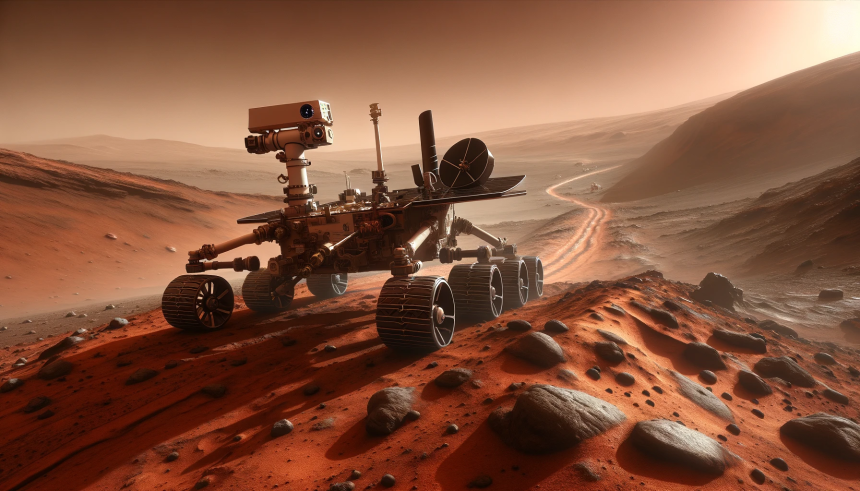NASA has announced that astronaut Andre Douglas will serve as the backup crew member for the Artemis II mission. Douglas will join the training alongside NASA astronauts Reid Wiseman, Victor Glover, and Christina Koch, as well as Canadian Space Agency (CSA) astronaut Jeremy Hansen. If any NASA astronaut is unable to participate in the mission, Douglas will step in and join the Artemis II crew. This announcement highlights NASA’s commitment to ensuring the success of its missions by having qualified and prepared backup personnel.
Backup Selection Process
Douglas’s educational background and operational experience played a crucial role in his selection as the backup crew member. Before joining NASA, he served in various capacities, including as a naval architect and damage control assistant in the U.S. Coast Guard. His extensive experience in maritime robotics, planetary defense, and space exploration missions at the Johns Hopkins University Applied Physics Laboratory further solidified his readiness for the role. Douglas’s astronaut candidate training, completed in March 2024, along with his technical assignments, showcased his capabilities and preparedness for the mission.
Canada’s Role in Artemis II
The CSA also appointed Jenni Gibbons as its backup crew member for Artemis II, highlighting the collaborative effort between NASA and international partners. Gibbons, recruited as a CSA astronaut in 2017, completed her basic training in 2020 and has since contributed to Canada’s space program in various roles. Her assignment as the backup crew member is attributed to Canada’s contribution of the Canadarm3 to the lunar Gateway, emphasizing the importance of international partnerships in space exploration. If Hansen cannot participate, Gibbons will represent Canada on this historic mission.
Mission Objectives
The Artemis II test flight, set to last approximately 10 days, aims to launch on NASA’s powerful Space Launch System (SLS) rocket. The mission’s objectives include proving the Orion spacecraft’s life-support systems and validating the capabilities needed for humans to live and work in deep space. This mission is a critical step in NASA’s Artemis campaign, which aims to establish a sustainable presence on the Moon and prepare for future human expeditions to Mars.
Douglas’s background includes a bachelor’s degree in Mechanical Engineering from the U.S. Coast Guard Academy and four post-graduate degrees, including a doctorate in Systems Engineering from George Washington University. His career in the U.S. Coast Guard and his work at the Johns Hopkins University Applied Physics Laboratory highlight his extensive experience in both engineering and space exploration. Additionally, Gibbons’ educational achievements, including a doctorate in engineering from Jesus College at the University of Cambridge, demonstrate her expertise and readiness for the mission.
Both astronauts have shown exemplary performance in their respective training programs and assignments. Douglas and Gibbons’ selection as backup crew members underscores the importance of having highly qualified individuals ready to step in and support mission success. NASA’s approach to preparing backup crew members ensures that all aspects of the mission are covered, minimizing risks and enhancing the mission’s overall success.
NASA’s Artemis campaign is not just about reaching the Moon but also about establishing a foundation for long-term scientific exploration and preparing for future human expeditions to Mars. The campaign aims to land the first woman, the first person of color, and the first international partner astronaut on the lunar surface, demonstrating NASA’s commitment to diversity and international collaboration in space exploration.
As NASA continues to prepare for the Artemis II mission, the selection of backup crew members like Douglas and Gibbons highlights the agency’s thorough and strategic planning. These preparations are crucial for ensuring mission success and advancing human space exploration. With the Artemis campaign, NASA is paving the way for future missions that will expand our understanding of the Moon, Mars, and beyond.










